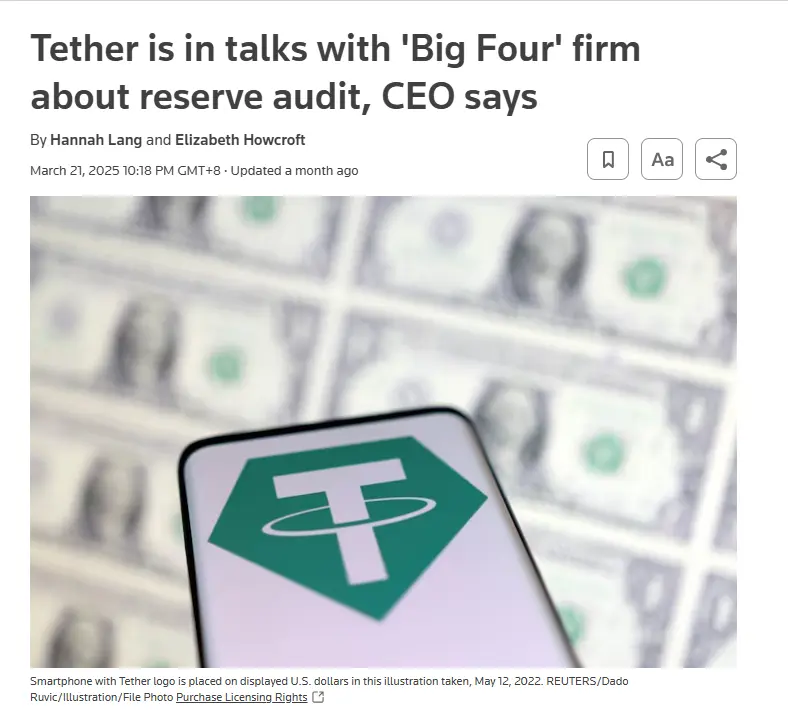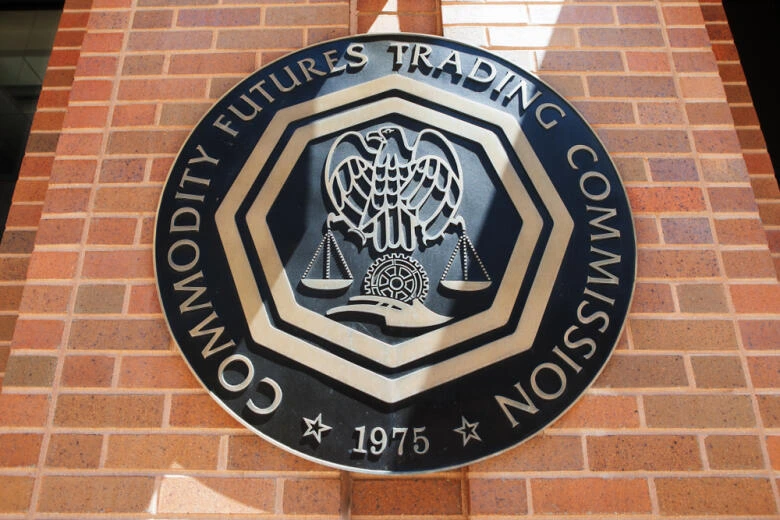In today’s fast-paced digital economy, where financial decisions can significantly impact portfolios, one digital asset continues to dominate discussions: Tether’s USDT. As the most traded stablecoin, USDT’s prominence has led to a pressing question among investors and regulators alike: Is USDT safe and regulated?

Understanding USDT’s Safety Measures: Is USDT Safe and Regulated?

USDT – Tether, is designed to maintain a 1:1 peg with the U.S. dollar, offering stability in the volatile cryptocurrency market. Tether asserts that each USDT token is backed by equivalent reserves, including U.S. Treasury bills, cash, and other assets. However, the company’s transparency regarding these reserves has been a point of contention.
In 2021, the Commodity Futures Trading Commission (CFTC) fined Tether $41 million for making misleading statements about its reserves, revealing that the company held sufficient fiat reserves to back USDT tokens only 27.6% of the time during a 26-month period from 2016 to 2018 .
While Tether has since improved its disclosures, providing quarterly attestations of its reserves. It has yet to undergo a comprehensive audit by a major accounting firm.

Source : Reuters
As of March 2025, Tether’s CEO, Paolo Ardoino, stated that the company is in discussions with a Big Four accounting firm to conduct a full audit, emphasizing that this is a top priority . Despite these efforts, the lack of a completed audit continues to raise concerns about the true backing of USDT tokens.
Regulatory Landscape of USDT: Is USDT Safe and Regulated Under Watchful Eyes?

Regulatory scrutiny of Tether has intensified over the years. The 2021 CFTC fine highlighted the need for greater transparency and compliance within the stablecoin sector. Globally, regulators are increasingly focusing on stablecoins, with concerns about their potential impact on financial stability and their use in illicit activities.
Tether has faced criticism for its involvement in facilitating illegal transactions. The reports indicating that approximately $17 billion in illicit trades have been conducted using USDT . In response, Tether has expanded its cooperation with law enforcement agencies, collaborating with over 200 agencies worldwide to combat illicit activities .InvestopediaThe Guardian
The regulatory environment in the United States is evolving, with the current administration expressing a more crypto-friendly stance. This shift may pave the way for clearer regulations and increased oversight of stablecoins like USDT. Tether’s plans to build a blockchain-based payment network in the U.S. align with anticipated legislation on stablecoins, indicating the company’s intent to integrate more closely with the traditional financial system .The GuardianAxios
Conclusion: Navigating the Complexities of USDT’s Safety and Regulation

USDT’s role in the cryptocurrency market is undeniably significant, providing liquidity and stability for various digital transactions. However, questions about its safety and regulatory compliance persist. While Tether has taken steps to improve transparency and engage with regulators, the absence of a full audit and past regulatory infractions continue to cast a shadow over its operations.
Investors and users must weigh the benefits of USDT’s widespread adoption against the potential risks associated with its regulatory status. Ongoing scrutiny and clear audits will show if USDT is truly safe and regulated.
Relevant News : Here



